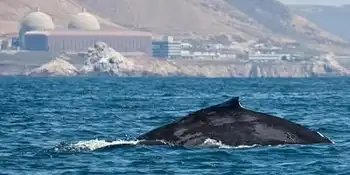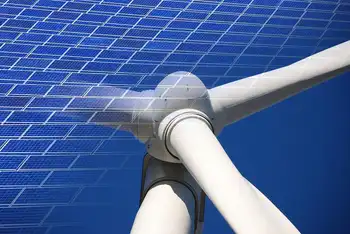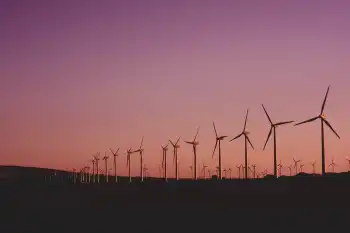Less Than Half of U.S. Power Plants in Development Likely to Be Built, Analyst Says
NEW YORK -- - Fewer than half of the electric power plants now in development in the United States are likely to be completed, according to an analysis of electricity and natural gas supply and demand by Christopher R. Ellinghaus, energy analyst with The Williams Capital Group, LP, a New York-based investment bank.
While those new facilities that actually do get built will ease tight power markets and alleviate political pressures to control prices in the near term, high gas prices and electricity price volatility are likely to continue. Only if new coal-fired or nuclear power plants come on line in significant numbers, something that cannot begin to happen until 2005, are shortages likely to be abated.
Although independent power producers and other electricity suppliers hope to have 300,000 MW of new generating capacity on line by 2005, it is doubtful that much more than 100,000 MW will be possible over the next three years, Mr. Ellinghaus maintained. He attributed the difference to a "multiple of infrastructure constraints," including U.S. energy policy, public attitudes toward new facilities and anemic growth of natural gas supplies, the fuel to be used in over 90 percent of the proposed plants.
Noting that gas supplies have been growing by less than one percent annually despite record drilling activity, Mr. Ellinghaus warned that "unless unprecedented amounts of new, net gas production emerges over the next three to five years, only a fraction - maybe 40-45 percent - of the natural gas-fired plants currently being developed will actually be constructed."
Demand for electricity is likely to grow by three percent annually through 2010, Mr. Ellinghaus forecast. This rate reflects the fundamental shift in the U.S. economy that has made electricity-intensive technologies such as computers, telecommunications and the Internet the engines of U.S. economic growth, he noted.
To meet this demand and build sufficient reserves to avoid price shocks, U.S. power generators would have to build 330,000 MW of new and replacement capacity by 2010, a 41.7 percent increase from the 822,000 MW of capacity in 2000. If all the new plants were gas fired, demand for natural gas would grow by between 11 and 15 trillion cubic feet, requiring the gas market to grow from 22.4 trillion cubic feet to between 33 and 38 trillion cubic feet.
To meet that demand, natural gas supply would have to increase by nine percent annually. Based on production experience over the last decade, it is doubtful that such a level of increased production could be achieved, Mr. Ellinghaus noted. Most gas exploration and production analysts expect an annual growth rate in the one percent - three percent range, he added.
There will be adequate gas supply to the fuel new plants being built this year and next, when 43,000 MW and 36,000 MW of new generating capacity are expected to come on line, Mr. Ellinghaus said. However, in subsequent years there only would be enough gas supply to support 20,000 MW of new plant construction, he pointed out. "Natural gas remains the principal constraint to completing and operating plants currently in development."
As a consequence of insufficient gas supplies, power generators would have to build 200,000 MW of generating capacity fueled by coal or uranium to meet long-term demand, Mr.Ellinghaus pointed out. However, because of the lengthy development cycle and public policy concerns, new plants relying on these energy sources will not begin to come on line in sufficient numbers until 2005 or 2006, he said.
Related News

Magnitude 5 quake strikes near Iran nuclear plant
DUBAI - A magnitude 5 earthquake struck southern Iran early Friday near the Islamic Republic's only nuclear power plant. There were no immediate reports of damage or injuries.
The quake hit Iran's Bushehr province at 5:23 a.m., according to the U.S. Geological Survey. It put the magnitude at 5.1 and the depth of the earthquake at 38 kilometres (24 miles).
Iranian state media did not immediately report on the quake. However, the Bushehr nuclear power plant was designed to withstand much stronger earthquakes.
A magnitude 5 earthquake can cause considerable damage.
Iran sits on major fault lines and is prone to near-daily earthquakes. In…




